‘Swidden’: an old English term meaning burnt clearing[1]
‘Swidden agriculture’ = ‘shifting cultivation’
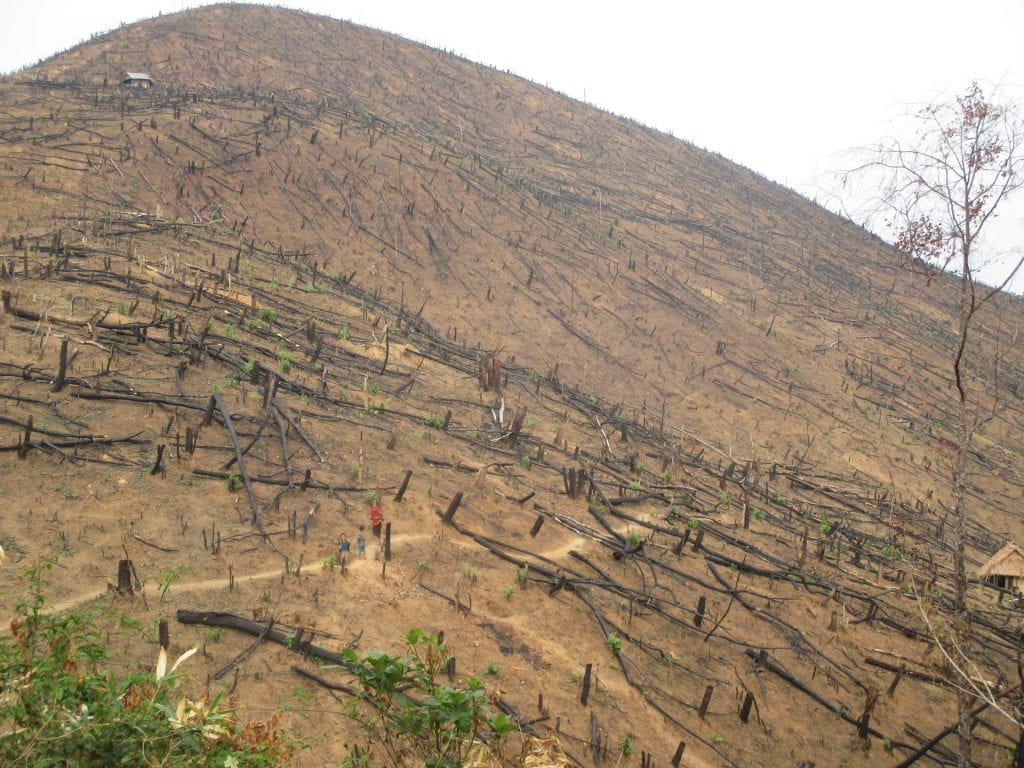
A mother and her two children walking back home after working in a swidden field (Photo credit: Chris Flint)
From 21-23 May 2019, I had the privilege of joining a research fieldtrip to evaluate the impacts of land use planning and management by the organisation, The Agro-Biodiversity Initiative (TABI), in three villages in Nam Bak district, Luangprabang province, Laos. This was part of a broader research to compare the impacts of prior land use planning and management projects by CHESH-Lao (Centre for Human Ecology Studies of the Highlands – Laos) and TABI. The fieldtrip was led by Chris Flint, organised by CHESH-Lao with field support from TABI. Land use planning is needed in rural Laos to define village boundaries, so that ownership is made known and disputes with external parties be prevented, and land use zones. An effect of this is that swidden agriculture, which is commonplace in the rural Lao highlands, is contained to rotational cycles within the village boundaries (i.e. rotational shifting cultivation instead of ‘expansion shifting cultivation’ where pristine forest is cleared).
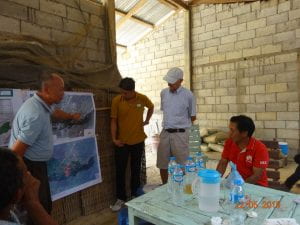
Mr Phonthip, a TABI staff, Chris Flint and the village leader of Kan Theung village discussing land use changes shown by satellite images
Swidden agriculture and the swidden landscape
Swidden agriculture, also known as shifting cultivation or slash-and-burn agriculture, is one of the oldest forms of subsistence agriculture.[2] It involves cutting trees and shrubs on an area of land, burning the biomass using fire, and then sowing seeds (e.g. rice) on the land. Through burning the biomass, organic matter is returned to the topsoil, thereby making the soil more fertile for the seeds sown. After harvesting the rice (typically about 1 year), the land left to lie fallow and farmers move on to the next plot of land to repeat the cycle of slashing, burning and cultivation. Self-sown seeds from the trees and shrubs germinate during the cultivation period and continue to grow during the fallow period, regenerating into bush fallow or forest fallow. Under a rotational shifting cultivation regime, farmers will return to slash, burn and cultivate this plot of land after a period of several years, depending on land availability. This means that, unlike ‘expansion shifting cultivation’, the total amount of land used for swidden agriculture is capped at a maximum. Land use planning and management projects, such as those implemented by TABI and CHESH-Lao, help farmers to clarify the boundaries within which rotational shifting cultivation is to be performed.
During our visit to three villages in Nam Bak district, the swidden landscapes were more than simply a trio of burnt land, rice cultivation and regenerating fallow. Besides upland rice, the villagers depend on the swidden landscape for the non-timber forest products (NTFPs). For example, in Kan Theung village, the leftover burnt wood / charcoal can be sold to the domestic market as an alternative to firewood. Self-sown broom grass also starts growing, and it can be harvested and sold to the local market for making brooms[3].
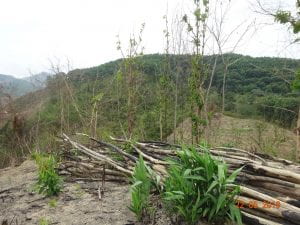
A pile of leftover burnt wood that can be sold the domestic markets in Kan Theung vilage. Naturally-regenerated broom grass grows in front of the pile.
After the land is left to lie fallow after one year of rice cultivation, galangal and cardamom grow as part of the regenerating bush fallow and can be harvested after 4-6 years.[4]
Styrax trees, whose scented benzoin resin is used for making perfumes, also naturally regenerate. The resin can be harvested when the trees are at least ~7 years, up to ~15 years old.[5] In Pha Thong village, we saw styrax forests of almost 15 years old. The productivity of the styrax tree is considered when farmers of Long Chok and Pha Thong villages decide when and where to slash and burn. It is a fascinating way of gaining value from the landscape, and I was reminded of Masanobu Fukuoka’s book ‘The One-Straw Revolution’.[6]
Despite the usefulness of bush/forest fallow NTFPs, the desire for higher productivity – to meet the needs of a growing population, to afford more modern luxuries, etc. – results in the shortening of the rotational swidden cycle. While a rotational cycle of at least 7 years is recommended for restoring soil fertility, farmers practise a 3-4 year cycle in Kan Theung village because land is limited given their increasing population (of about 180 households). Moreover, after cultivating rice during the first year, they use the same piece of land to grow Job’s tears, a cash crop, in the second year. This further reduces soil fertility.
Besides the shortening and intensification of the swidden cycle, other factors also affect soil fertility. A villager in Kan Theung village pointed out to us a type of weed that is particularly good at enriching the soil when burnt, and it would make sense to let it grow in the swidden landscape. Moreover, the presence of grazing cattle helps to encourage regrowth of the bush fallow. The cattle’s manure also fertilises the soil, while their hoofprints create depressions which retain water in the soil. But such benefits from cattle-raising are no longer available to Kan Theung village: according to the former village leader, the village was compelled to sell off their cattle. This was because their cattle kept entering the unfenced rubber plantation adjacent to the village’s agricultural land. In Pha Thong village, where a rotational cycle of at least 15 years is still practised, villagers have sold off most of their cattle so that they can send their children for higher education.
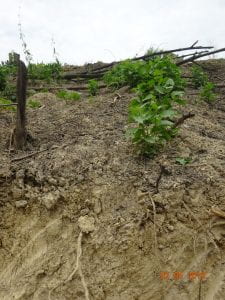
The weeds growing back here on a swidden field in Kan Theung village are apparently good for re-enriching the soil when they are burnt
Collective or individual swiddening?
A common theme in land use planning and management is whether swiddening should be done collectively as a village, or on individually-owned plots of land. Collective swiddening means that a large land area is slashed and burnt. This was observed in Long Chok village and Pha Thong village, where we saw large expanses of burnt land which could also be detected on satellite imagery. However, this does not equate to deforestation: it is important to remember that this is part of the rotational cycle of slashing, burning, cultivation and fallow regrowth, and that the land should technically be regarded as agricultural land and not forest land. A benefit of collective swiddening is that the entire the village can relocate their residential area according to where cultivation is taking place. My guess is that there are also other benefits to collective swiddening, such as ecological connectivity when the entirety of land is left to lie fallow. Animals that reside in one fallow forest can also relocate to another fallow forest when it is being cleared. In contrast, there could be higher incidences of human-wildlife conflict in individual swiddening.

Long Chok village: the landscape of the hill at the back of this picture, as well as other hills beyond, is a result of collective swiddening
However, I think collective swiddening requires strong local-level village leadership. This is because decisions need to be made about when and where to slash-and-burn, how to allocate the burnt land for each household’s agricultural cultivation. The entire village also needs to be mobilised. It remains to be seen if this can be maintained amidst a growing paradigm of individualisation of property rights.
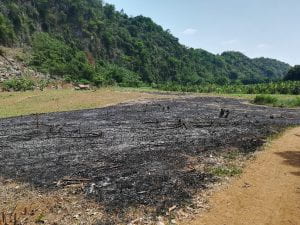
Long Lau village: an individual plot has just been burnt. Picture taken during my trek through Lang Lau village to Kaung Si waterfall on 26 May 2019
Swidden farmers in transition
I understand that some villagers Kan Theung village have expressed that they want to abandon upland rice cultivation in favour of an economy completely dependent on cash crops. Market integration is preferred to subsistence agriculture for a relatively accessible village like Kan Theung village: when there were floods last year, the district imported rice from Vietnam. However, this preference entails some risk, because this puts the villagers’ subsistence at the mercy of the market. For example, the price of cardamom, long perceived as a highly-valued product, dropped from about 400,000kip per kg to about 150,000kip per kg this year. When such a situation happens, it is important that villagers can still feed themselves.
Diversification of income sources also helps to strengthen a household’s resilience to market fluctuations. Viengphet’s family in Kan Theung village sells pure honey for about 70,000kip per 600ml bottle. The beeswax can also be sold to the domestic market for making candles. However, for much less accessible villages like Long Chok village and Pha Thong village, it would be more difficult to diversify income sources. Ensuring that there is basic self-subsistence would be important. Chris Flint shared with me that the village leader of Long Lan village said (paraphrased): “We can try to plant such-and-such cash crops and sell them to the market, but at the end of the day, it is important that we have enough rice to eat.”
All this talk about farmers’ vulnerability to market forces made me wonder whether there was some kind of farmers’ union, farmers’ network or farmers’ cooperative operating in this part of Laos. We all know that the farmers are a strong lobby group in Europe! However, when I asked Siphanh and Viengphet, it seemed like such unions do not exist. Arrangements in which companies guarantee a long-term base price for farmers are also very rare. Is there potential for Lao farmers set up establishments or cooperatives for safeguarding their subsistence? Perhaps I will find out during my remaining time in Laos.
==========
I am grateful to Chris Flint for sharing with me his valuable insights during this trip. I also thank Viengphet and Siphanh for helping me to translate the discussions into English.
Any misrepresentations or errors in this article are solely my responsibility.
==========
[1] Erni, C. 2015. ‘Shifting cultivation, livelihood and food security: New and old challenges for indigenous peoples in Asia’, in Shifting cultivation, livelihood and food security: New and old challenges for indigenous peoples in Asia (ed. Erni, C.). Food and Agriculture Organisation of the United Nations, International Work Group for Indigenous Affairs and Asia Indigenous Peoples Pact. Bangkok, Thailand.
[2] Cairns, M.F., 2015. Shifting Cultivation and Environmental Change: Indigenous People, Agriculture and Forest Conservation. Routledge. United Kingdom.
[3] For examples of broom grass and its uses, see: http://www.tabi.la/activity/ntfp/
[4] Cardamom sprouts naturally 2-3 years after burning but it needs to grow for about 3 years before its fruits can be harvested. Satoshi (2004) offers more information about the NTFPs of swidden landscapes in northern Laos (accessible: https://www.jstage.jst.go.jp/article/tak/42/2/42_KJ00000713600/_pdf/-char/ja)
[5] Satoshi (2004) offers more information about the NTFPs of swidden landscapes in northern Laos (accessible: https://www.jstage.jst.go.jp/article/tak/42/2/42_KJ00000713600/_pdf/-char/ja)
[6] In his book, Fukuoka advocated the system of natural farming that he had developed, which involved chemical inputs, no ploughing, nor any prepared fertilisers (see: https://onestrawrevolution.net/). In my opinion, the key to his system is clever observation of nature.
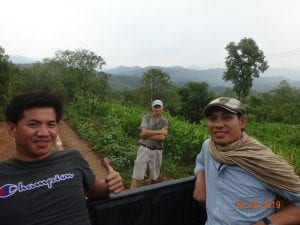
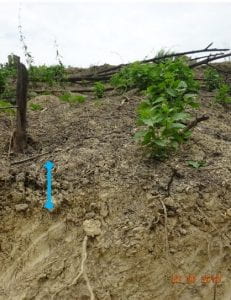

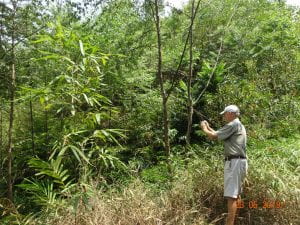


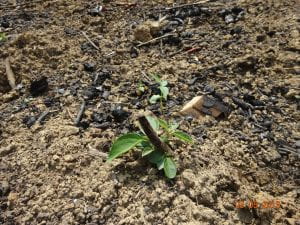


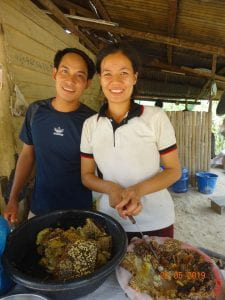
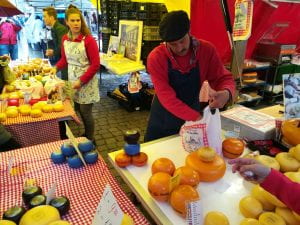
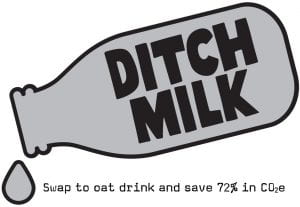


Recent Comments